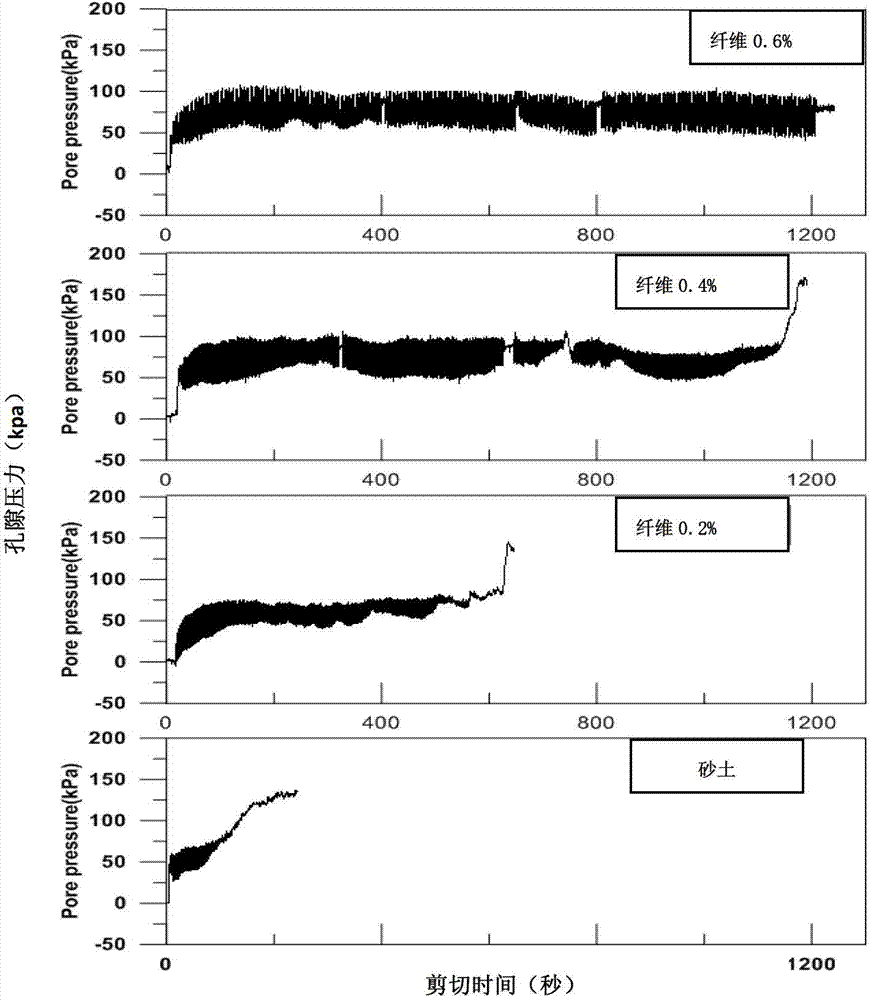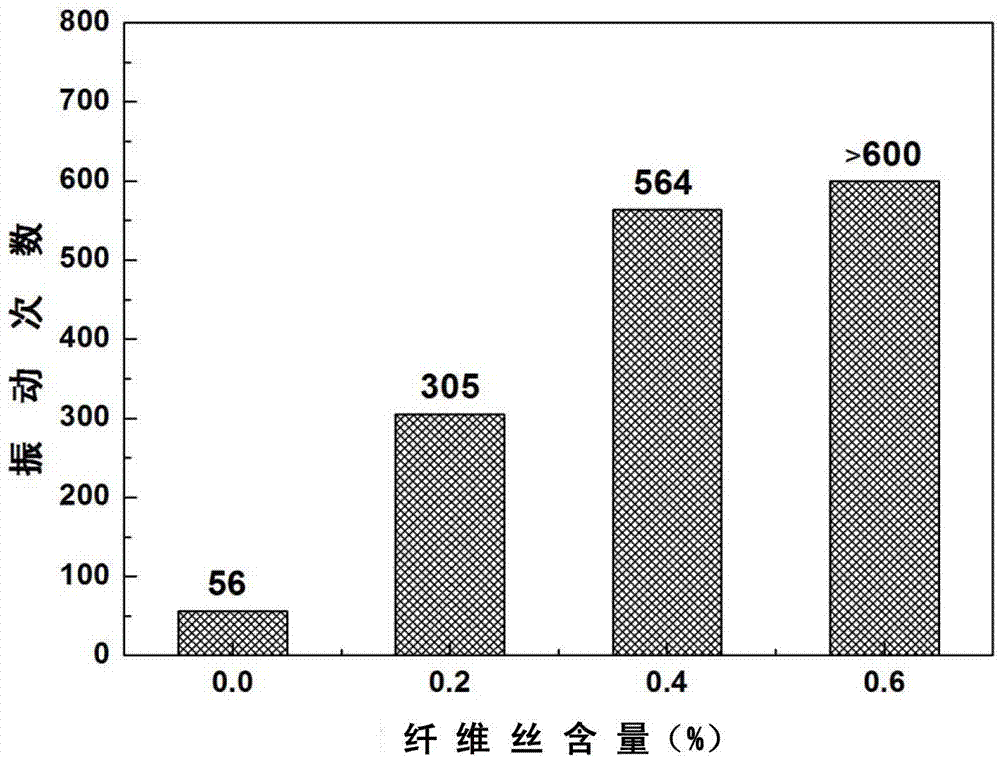Method of liquefaction resistance processing of filament reinforced sandy soil
A fiber filament, anti-liquefaction technology, applied in soil protection, construction, infrastructure engineering, etc., can solve the problems of low shear strength, poor anti-vibration liquefaction performance, and short service life of short-filament fiber reinforced lime soil , to achieve strong anti-static and anti-dynamic liquefaction performance, good economic performance, simple and reliable construction
- Summary
- Abstract
- Description
- Claims
- Application Information
AI Technical Summary
Problems solved by technology
Method used
Image
Examples
Embodiment Construction
[0018] The specific implementation manners of the present invention will be further described in detail below in conjunction with the drawings and examples.
[0019] The invention proposes a method for anti-liquefaction treatment of fiber-reinforced sandy soil, which uses fiber-reinforced sand to improve the sand, thereby obtaining the finished product of fiber-reinforced sandy soil. The specific steps are as follows:
[0020] Step 1, raw material preparation: choose polypropylene fiber, polyethylene fiber, polyurethane fiber or polyester fiber as the fiber filament, the physical and mechanical properties of the fiber filament are: average length 31-50mm, diameter 0.03-0.1mm, specific gravity 0.9- 0.98, tensile strength ≥ 400Mpa, elastic modulus ≥ 4000 Mpa, and good dispersion, the content of the fiber filament is 0.2-0.8% dry sand weight; the sand is made of siliceous sand, particle size 0.074 ~ 2mm, specific gravity 2.65. The maximum dry density is 1.6 g / cm, and the sand and...
PUM
| Property | Measurement | Unit |
|---|---|---|
| Length | aaaaa | aaaaa |
| Diameter | aaaaa | aaaaa |
| Tensile strength | aaaaa | aaaaa |
Abstract
Description
Claims
Application Information
 Login to View More
Login to View More - R&D
- Intellectual Property
- Life Sciences
- Materials
- Tech Scout
- Unparalleled Data Quality
- Higher Quality Content
- 60% Fewer Hallucinations
Browse by: Latest US Patents, China's latest patents, Technical Efficacy Thesaurus, Application Domain, Technology Topic, Popular Technical Reports.
© 2025 PatSnap. All rights reserved.Legal|Privacy policy|Modern Slavery Act Transparency Statement|Sitemap|About US| Contact US: help@patsnap.com



